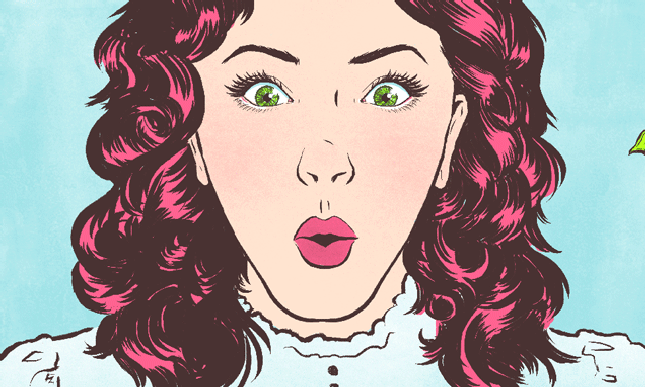Do You Get Embarrassed If Someone Sees You Holding a Tampon?
Latest

I still remember the first time I learned that pads were embarrassing. In sixth grade, the ringleader girl of the cool kids brought pads to school to show to select other girls in the coat closet. Then one day en route, she dropped one in full view of the class. A boy spotted it, howled in laughter, and soon everyone was laughing.
For the rest of my entire life, no one has ever contradicted this notion that pads or tampons are hilarious in and of themselves and need to be covertly moved into bathrooms because otherwise… well, otherwise what? Someone knows you are on your period, and you know what that means! (That you’re pathetic.) So it’s no surprise that, even as we’ve made great strides in accepting our periods as grown women, most of us hide the paraphernalia associated with menstruating too, and that it’s deeply reflected in the presentation of these items.
In an interesting piece at The Atlantic called “Don’t Let Them See Your Tampons,” Julie Beck reflects on the discretion historically built into packaging and advertising menstrual accouterments. Tampax Compak advertised that its shorter applicator made it twice as discreet to carry. Playtex Portables were once hailed as “New! Neat! Discreet!” The no-applicator o.b. claimed to address “women’s need for discreet yet reliable protection.”
Beck writes:
Tampax Compak is apparently so discreet, according to one old commercial, that a teacher mistakes it for a piece of candy, and asks his student to bring it to the front of the class when he catches her passing it to a friend.…“I hope you brought enough for everyone,” he says, sternly.
“Enough for the girls,” the girl replies, laughing. All the boys in the class look around, confused. This is beyond their simple understanding.
Beck concedes it is entirely possible these kids have never seen a tampon due to the great lengths women go to hide them in nearly all facets of public life. “You can just palm it, or there’s the ole tampon-up-the-sleeve trick,” she writes. “In sleeveless weather, one can tuck it under the bra strap, or in the waistband. Anywhere tuckable, really. Or just bring your whole purse to the bathroom.”
These are certainly the solutions of nearly every woman I know, not necessarily entirely out of shame. Often it’s that everything you need to go to the bathroom is also in your purse, such as makeup for touch-ups or your phone or whatever else it is you’re going to do in there. But if you have no other business than a tampon pit-stop you’ll probably still conceal your weapon.
Beck cites a friend who admits she has gone to extremes to transport a tamp covertly at work:
-

-

-

-

-

-

-

-

-

-

-

-

-

-

-

-

-

-

-

-

-

-

-

-

-

-

-

-

-

-

-

-

-

-

-

-

-

-

-

-








































